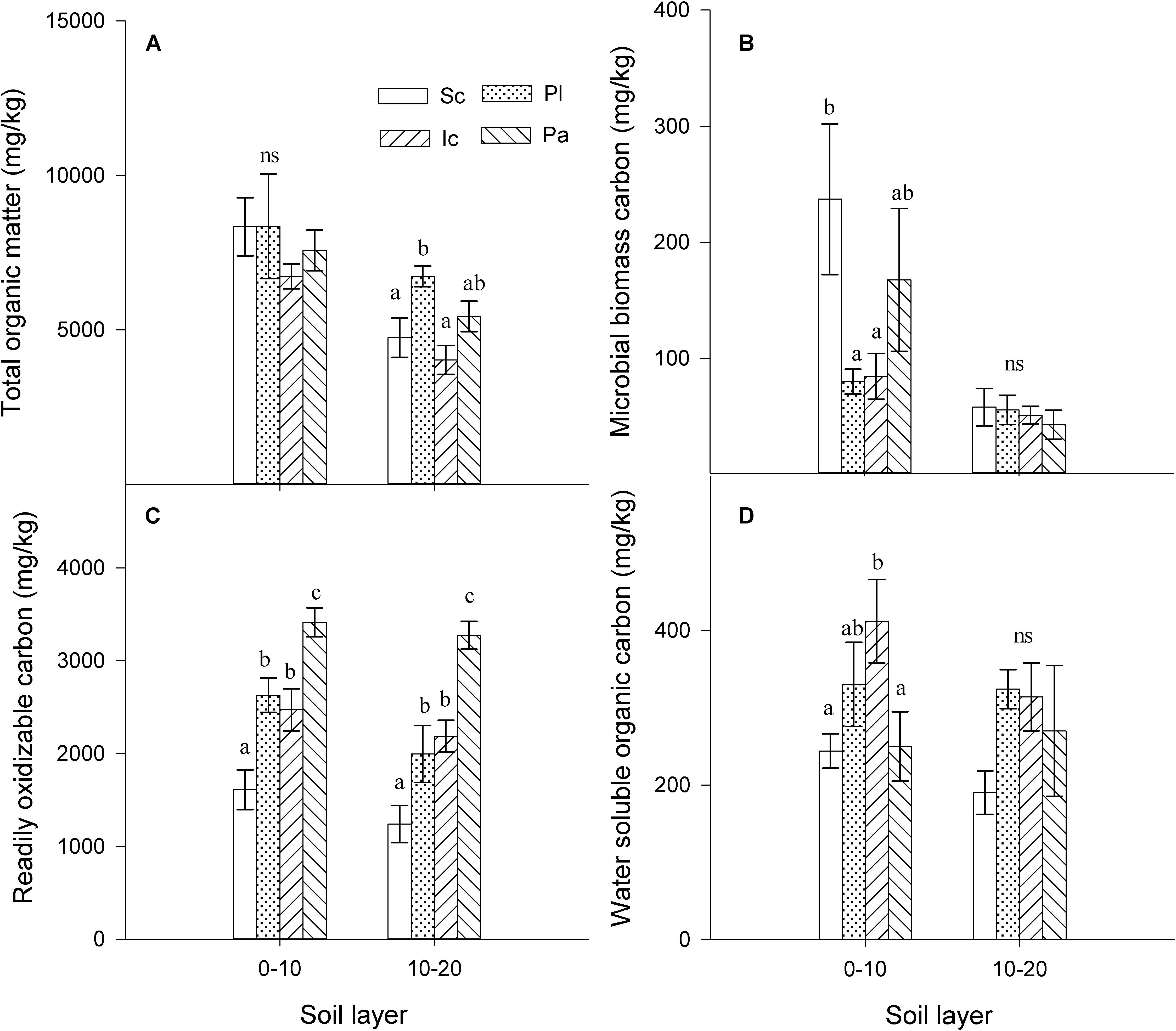Nov 01, 2015 For measuring total protein, 0.5 g of the rice flour was placed in a 250-mL glass tube and digested for 90 min at 420 °C with H 2 SO 4 and Kjeltab Se (FOSS Tecator AB) in a digestion apparatus (Digestor 2006; FOSS Tecator AB). After cooling, the tube was moved into a micro-Kjeldahl analyzer (Kjeltec Auto 2300 Analyzer; FOSS Tecator AB).
Foss Tecator Ab Driver License Test
[0002] Reference standards are widely used in visible and near infrared spectroscopy to ascertain proper performance of analysis instruments. The accuracy of the instruments in analyzing and identifying materials depends upon the accuracy with which the wavelengths and intensity of the radiation within the wavelength range to be used in the analysis instrument are known. The very capability of the instrument to measure properties of different products is dependent upon this accuracy. For this reason, there is a need to verify with precision that the calibration of the instrument is correct for the wavelength range to be used in the instrument.

- A Kjeltec digester block (Model 2020 Digester; Tecator AB. Hoganas, Sweden) was used to digest soil and foliar material in 3 ml of H 2 SO 4 + Se catalyst tablet per 200 mg sample at 400 °C for 2 (leaf) or 3 (soil) hours.
- Samples were filtered and placed within Whatman Cellulose extraction thimbles (26 × 60 mm) and loaded within the Soxtec System HT 6 1043 extraction unit Foss Tecator. Clean and labeled 100-mL metal canisters were weighed by the same scale and then filled with approximately 50 mL of diethyl ether.
Cab Driver Game
[0003] Typically, two types of reference standards are used. Intensity standards are used to set and check that the detector accurately detects the intensity of the radiation and wavelength standards are used to check that the wavelength scale of the instrument is accurate. An example of a wavelength standard is shown in U.S. Pat. No. 5,936,727.
Foss Tecator Ab Driver Practice Test
[0004] Analysis instruments can be calibrated along the intensity scale with transmittance screens or filters and reflectors of neutral density. The instrument is then calibrated to correct discrepancies between the detected intensity and an expected intensity result. In U.S. Pat. No. 4,761,552 a reference standard that is used for reflectance calibration of an instrument is disclosed.

[0005] Calibration along the wavelength scale is made by using emission lines from arc sources such as deuterium or xenon, or absorption bands from polymer films such as polystyrene or from rare earth oxide doped materials. The wavelength of the emission line is well-defined. Therefore, a wavelength scale may suitably be calibrated using these emission lines as adjusters of the wavelength scale.
[0006] However, the current technology for ensuring calibration with respect to intensity and wavelength is not satisfactory to ensure adequate matching between instruments, quality control of the instruments or performance validation of the instruments. Calibration is impaired by the fact that measurements of a product to be analyzed are not well characterized by intensity measurements that take no account of the scattering properties or physical nature of the product.

[0007] One attempt to remedy this inadequacy is to use natural products as reference standards, i.e. each reference standard is made of the respective product to be analyzed on the analysis instrument. However, these reference standards lack temporal and mechanical stability and therefore have a short lifetime, requiring great care in the handling of the reference standards to minimize spectral changes between two sets of measurements. Consequently, these reference standards are inadequate in use, especially across large geographical areas. The usage of such reference standard is shown in U.S. Pat. No. 4,866,644.
